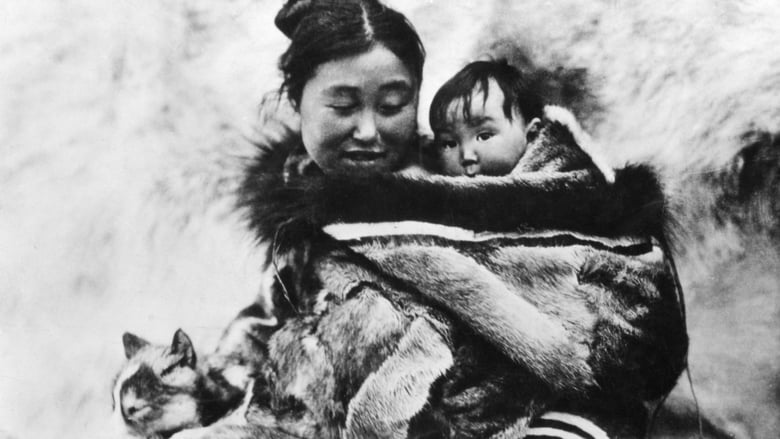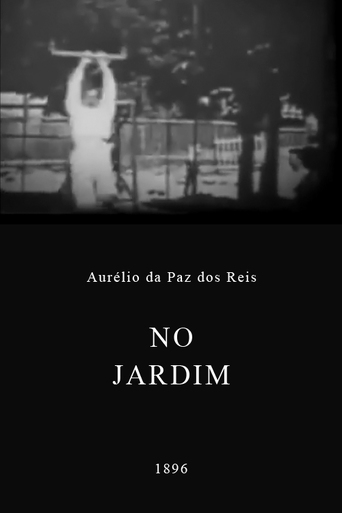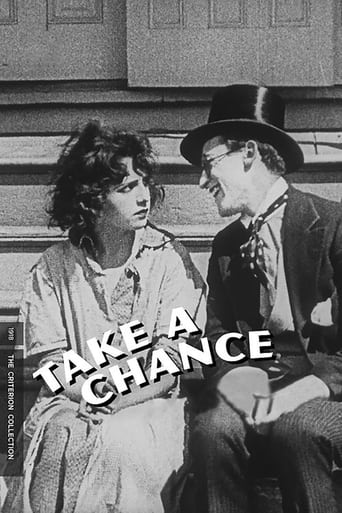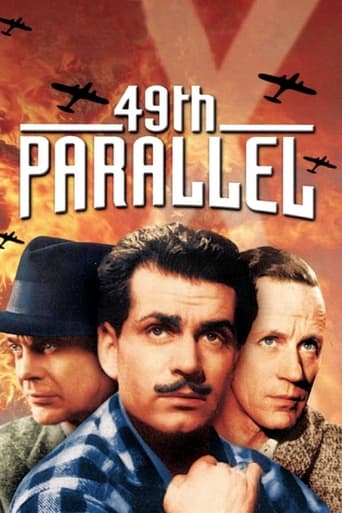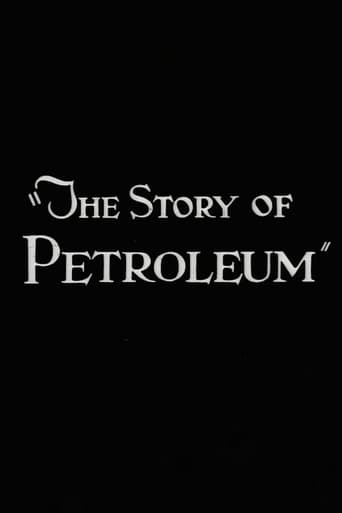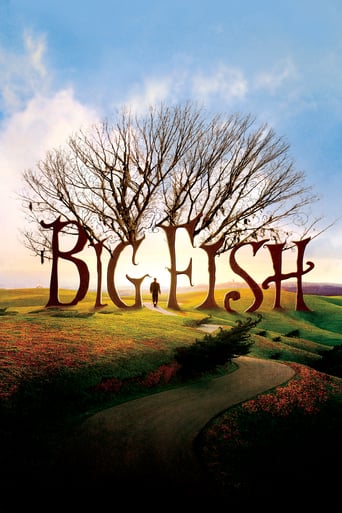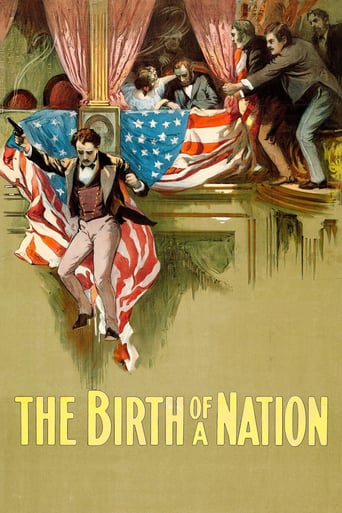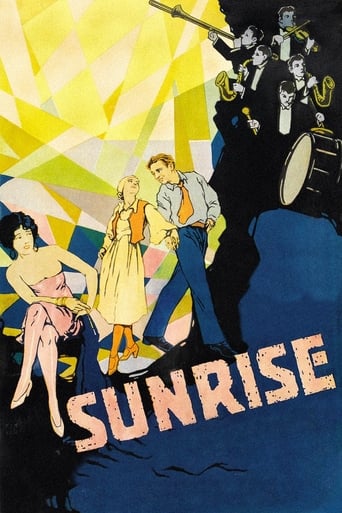Nanook of the North (1922)
This pioneering documentary film depicts the lives of the indigenous Inuit people of Canada's northern Quebec region. Although the production contains some fictional elements, it vividly shows how its resourceful subjects survive in such a harsh climate, revealing how they construct their igloo homes and find food by hunting and fishing. The film also captures the beautiful, if unforgiving, frozen landscape of the Great White North, far removed from conventional civilization.
Watch Trailer
Cast


Similar titles
Reviews
Fresh and Exciting
The film creates a perfect balance between action and depth of basic needs, in the midst of an infertile atmosphere.
One of the worst ways to make a cult movie is to set out to make a cult movie.
Actress is magnificent and exudes a hypnotic screen presence in this affecting drama.
This silent film was made at the time when separation between drama and documentary did not exist, so is widely (and incorrectly) considered to be the first ever documentary film, I found it in the book 1001 Movies You Must See Before You Die, and I was really looking forward to it. Basically filmmaker Robert J. Flaherty spent a year living with and documenting the life of Nanook and his family, a group of Eskimos, or Inuits, living in the Arctic Circle. The family consists of Nanook, a superb fisherman and hunter; his wife Nyla; his other wife Cunayou; and his sons Allee and Allegoo. Approximately three-hundred nomadic people live in the Canadian Arctic, on the eastern shores of Hudson's Bay, in a region called Ungava. The film mostly follows the family as they travel through the white wilderness, in kayaks and on dog sled, they occasionally encounter western civilisation, but primarily live a life of subsistence. Nanook and the men stay alive hunting food, which is very difficult, their food sources are primarily sea related - salmon, seal and walrus, but they do occasionally encounter land animals as well, such as white foxes, polar bears and deer. The harsh weather conditions provide uncertain opportunities, and the ice shifting causes problems for both travelling and hunting, but Nanook manages to find a way for him and his family through the difficult situations. The best scene of the film is Nanook's amazing architectural skill and speed when building an igloo for him and his family to spend the night, using his large knife to sculpt the structure, creating makeshift ice bricks and a "glass" window. I agree the film is perhaps primitive looking by today's standards, a man and his family surviving in the frozen wastes, and it is obvious a few of the scenes were setup, but it remains a historic, ground- breaking piece of work, it should be celebrated as an inspirational landmark classic silent documentary. Good!
This is an absolutely brilliant silent film that shows great insight of the lives of the Inuk people of the Northern Canadian arctic way before there was a such thing as National Geography Videos. The fact that these people survived in such a hostile environment is amazing. Having worked as a prospector and explorer in Arctic Canada among the Inuit, Director Flaherty was familiar with his subjects and set out to document their lifestyle. Flaherty had shot film in the region prior, but that footage was destroyed in a fire started when Flaherty dropped a cigarette onto the original camera negative which was highly flammable nitrate stock. It would be interesting to see that footage, but as Flaherty says, he remember what were in there, and re-shoot the best scenes. Flaherty therefore made Nanook of the North in its place. As the first nonfiction work of its scale, Nanook of the North was ice-breaking cinema. It captured an exotic Inuit people in their remote hostile environment, rather than a facsimile of reality using actors and props on a studio set. It was one of the first documentaries ever made. The film shows the traditional Inuit methods of hunting, fishing, igloo-building, and other customs were shown with accuracy, and the compelling story of a man and his family struggling against nature, but little do some people know that it was all somewhat staged. First off, the movie should be call Allakariallak of the Frozen North, because Nanook was really Allakariallak. Flaherty choose the name 'Nanook' due to the Inuk people many legends about bears. The Nanook was the Bear God of the Inuit and decided if hunters would be successful or not. The two wives shown in the film wasn't really Nanook's wives, but Flaherty. Flaherty also exaggerated the peril to Inuit hunters with his claim, often repeated, that Allakariallak had died of starvation two years after the film was completed, whereas in fact he died at home, likely of tuberculosis. About that home-- it's a real wooden house, not a igloo as view in the film. They used igloos only when a blizzard caught them up during the hunting in the middle of nowhere, not all the time. It's urban legend to think that Inuits live always in igloos. Flaherty wanted them to build a igloo despite them living in a house to show their culture. The first building of the igloo was too small for the camera and the dome collapsed. Then when they finally succeeded in making the igloo it was too dark for photography. Instead, the images of the inside of the igloo in the film were actually shot in a special three-walled igloo for Flaherty's bulky camera so that there would be enough light for it to capture interior shots. I feel for the Inuit people that day, when Flaherty ask them to build three 2 and half igloos for no reasons. Another thing Flaherty staged was some hunting sequences, Allakariallak normally used a gun when hunting, Flaherty encouraged him to hunt with harpoon in the fashion of his ancestors in order to capture the way the Inuit lived before European influence, making it harder for Allakariallak. Sometimes its better to use traditional weapons to hunt; because if you shoot an animal in the water it will more often than not sink quickly, so a dart with a barbed detachable point is thrown from a great distance using an atlatl, that way the sea mammal won't sink. Soon to be identified by the harpoon floating in water with line detached. Flaherty was a bit of a jerk, but the full collaboration of the Eskimos was key to Flaherty's success as the Eskimos were his film crew and many of them knew his camera better than he did. Flaherty tries to make the Eskimos on the film look like they couldn't understand technology such in the case of the trade post scene and a gramophone. The scene is meant to be a comical one as the audience laughs at the naiveté of Nanook and people isolated from Western culture. In truth, the scene was entirely scripted and Nanook knew what a gramophone was. It wasn't the only comical humor. There was a scene where Nanook and his family come out of a small kayak like a bunch of clowns out of a small car. It's a cinematic effect. Each person in the kayak was a separate filmed shot, edited together in a convincing fashion. The titles are carefully used to hide it. It's a hint at Flaherty's sense of humor. It was a little disappointing finding out that a lot of the movie was staged. Flaherty's time both staging action and attempting to steer documentary action have come to be considered unethical amongst cinema verite purists, because I believe such reenactments deceive the audience, but in this case, it works to make the audience understand the culture more and more. Flaherty defended his work by stating that a filmmaker must often distort a thing to catch its true spirit. It was a huge success, and in the following years, many others would try to follow in Flaherty's success with "primitive peoples" films. While this film is a true peace of art. I think the greatest fascination comes from this is that it fact the truth on most of the modern propaganda-documentaries, that kills the basic, pure form of documentaries. While the film will showing be shown in Anthropology class. I wouldn't say it's a ethnography work or salvage ethnography. Enthnography are supposed to be an observation where the people watching don't influence or act, so to say this is a ethnography film is wrong. Check the movie out if you want. Also check out the Long Exile, by Melanie McGrath discusses the making of this film and the people depicted in it in depth and Nanook Revisited.
Movies are illusions. You never know how much of a documentary, whether about peoples or animal life, is really spontaneous, actual or authentically true-to-life, because in most cases, a stationary camera has already been set up (with an accompanying bank of bright lights) to film what takes place in front of it; in addition, careful editing and juxtapositioning of scenes may falsify a real time progression of events. Finally, what is shown is dictated by the purposes of the film makers and hence may be very subjective in terms of what is being displayed and what is omitted, leaving potential questions about whether it is a balanced or full view of what is presented.Here we have one of the first full length documentaries, which is about the lives of Eskimos living in the frozen wastes of the Hudson Bay region of Canada in the early 1920s. The film has the dual reputation of being both amazing in its photography and depiction of typical Eskimo life, and also of its having been totally staged. I come down on the side of it being a great film whether staged or not.To some, certain elements of fakery may be unforgivable: the fact that Nanook used only 'primitive' weapons (knife, harpoon and spear) to catch fish, seals and walrus, when he in fact had knowledge of (or may have used) rifles; or the fact that the person presented as his 'wife' is played by someone not his wife, while his real wife (recognizeable as a woman only due to the baring of her breasts) is present in the film but identified simply as the person 'Cunayou.' A real precedent for Disney's 'True Life' Adventure films of the 50s! None of this matters. All movies are staged anyway in varying degrees. The important parts of any film are its construction and its delivery of content. This film is exceedingly well edited and photographed, such as the vista shots and those of the wind sweeping over the snow after the seal kill. As for the content, let's say Flaherty's purpose was to tell a detailed story of how Eskimos traditonally lived. This is very clearly an excellent document of that.We get great details of how more than one person can fit in a kayak, how to use the force of the tide to reel in a captured walrus, how to build an igloo with an ice window, how Eskimos protect puppies from being eaten by sled dogs, how salmon and seal under the ice can be caught, how Eskimos dress, how they eat raw flesh and cooked meat, how fathers start teaching their young sons from the time they first can stand to learn the art of hunting... well the list goes on and on.Thank for having documented these things, Mr. Flaherty! I watched my rented copy four times. Watching the entire film at one viewing you clearly get the message -- where ever you have born, where ever you are in life, whatever gifts you've been given from your moment of birth, make the most of your environment and what you have --play the hand you've been dealt the best way you can. See the Eskimos ply their skills and make the most of their environment? Can we do no less? I'll give it a 10.Note: On what is another amazing 'Criterion Collection' DVD, there is the super bonus of a full gallery of Flaherty's photographs (these aren't faked!). It has also a great new score (1998) by Timothy Brock and the Olympia Chamber Orchestra which includes appropriately 'chilly wind' type eerie violins during the wind swept overland travel sequence.
Directed by Robert J. Flaherty, this moving feature about the hardships faced by an Inuit family is one of the seminal films of the silent era and brought about his reputation as "the father of the documentary". Although only having spent a few weeks out in the icy wilderness, Flaherty presents us with a series of beautiful vignettes that capture the absolute essence of the daily struggles for survival that Nanook and his people face. The audiences follows them on their long treks in the constant search for food; picking their way over floes and towers of ice in order to catch a fish or hunt seal and walrus. Yet amongst the hardships and privations, Flaherty also allows glimpses of the tenderness and love within the family. The joy of a meal, the warmth of a shelter, the fascinating communal construction of an igloo. The humanity of the Inuits is rendered with heartwarming affection. However, often setting his subjects against the bleak yet stunning vistas of unending snow, Flaherty leaves the audience in no doubt that the environment is as much the star. Some critics argue that Nanook is not a true documentary as Flaherty staged some scenes and directed his subjects. However, these critics are wildly missing the point. Nanook Of the North is as much about the barren landscape that Nanook and his clan wander. At its centre, this film is the age old tale of the battle between man and nature. This is none more evident of the films wonderful final scenes. Caught in a blizzard, the family are forced to find refuge in an abandoned igloo. A happy respite together from the wild storm outside. This scene has been given extra poignancy with the tragic knowledge that Nanook and his family perished in such a blizzard a few months after the film was released. It's a sad footnote to a tremendous film. A masterpiece of film making that inspires and enthrals and, most importantly, celebrates nature, life and humanity.


